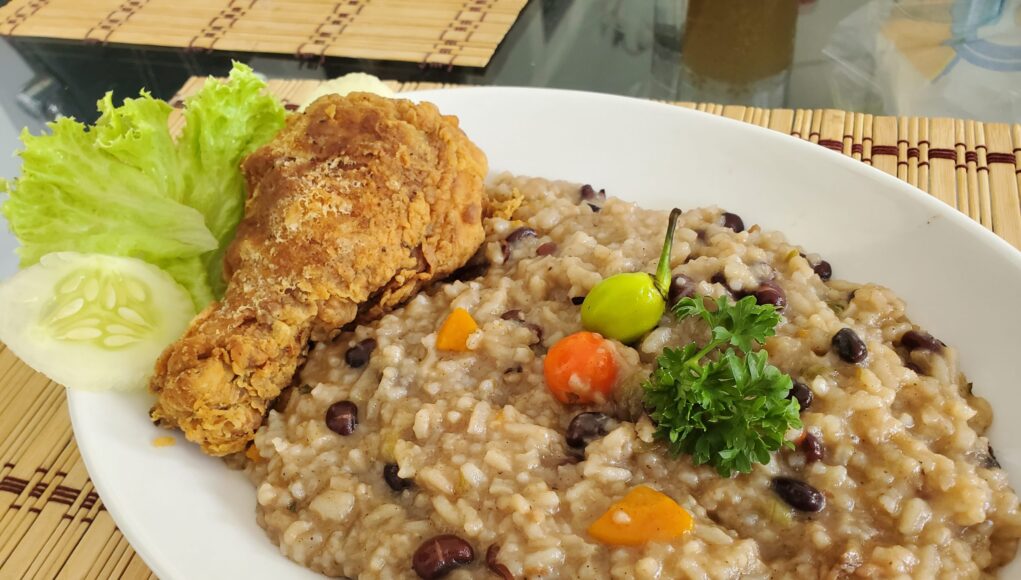By: Sueann Wickham
Guyana’s vibrant and diverse culture is beautifully reflected in its cuisine. The rich amalgamation of various ethnicities, from Indian and African to Amerindian and European, over centuries has given rise to a captivating culinary tapestry that delights the senses and tells a tale of migration, resilience and shared experiences.
In this gastronomic exploration, the Guyana Standard uncovers the treasures of Guyanese cuisine, where each dish is a testament to the nation’s past and present.
Guyanese cuisine is a harmonious blend of flavours and techniques with ingredients from around the world. This dynamic fusion is a result of the diverse population that has settled in the country centuries ago.
The culinary journey of Guyana begins with its indigenous roots, where cassava, plantains, and various wild meats take centre stage. The country’s first inhabitants also contributed to the quintessential Guyanese cuisine with dishes like pepperpot, a slow-cooked meat stew infused with indigenous spices. It is safe to say that the “Amerindian” influence is a cornerstone of Guyanese cuisine, laying the foundation for subsequent cultural contributions.
As Guyana’s history evolved, so did its culinary landscape. The arrival of indentured labourers from India introduced aromatic curries, rotis, and chutneys, which have become staples in many Guyanese households.
African influences also brought hearty stews, flavorful seasonings, and love for rice and beans.
A culinary melting pot: festivals and celebrations
In Guyana, food is not just a form of sustenance; it’s a language of celebration and connection. Festivals and gatherings offer a delightful opportunity to indulge in the country’s culinary heritage. Take for instance, “Eid-ul-Fitr,” the Muslim festival marking the end of Ramadan. Families across Guyana prepare feasts with biryanis, flaky samosas, and sweet treats like sewei (vermicelli-based dessert), sirni (butter-made mohanbhoog), maleda, gulab jamun, jalebi, and other sweets. The fusion of East Indian flavours with local ingredients also creates a unique culinary experience that reflects both tradition and adaptation.
“Cook-up Rice” is another beloved dish that embodies the essence of togetherness. It is usually shared on holidays such as Emancipation Day, Old Year’s Night (New Year’s Eve) and other occasions.
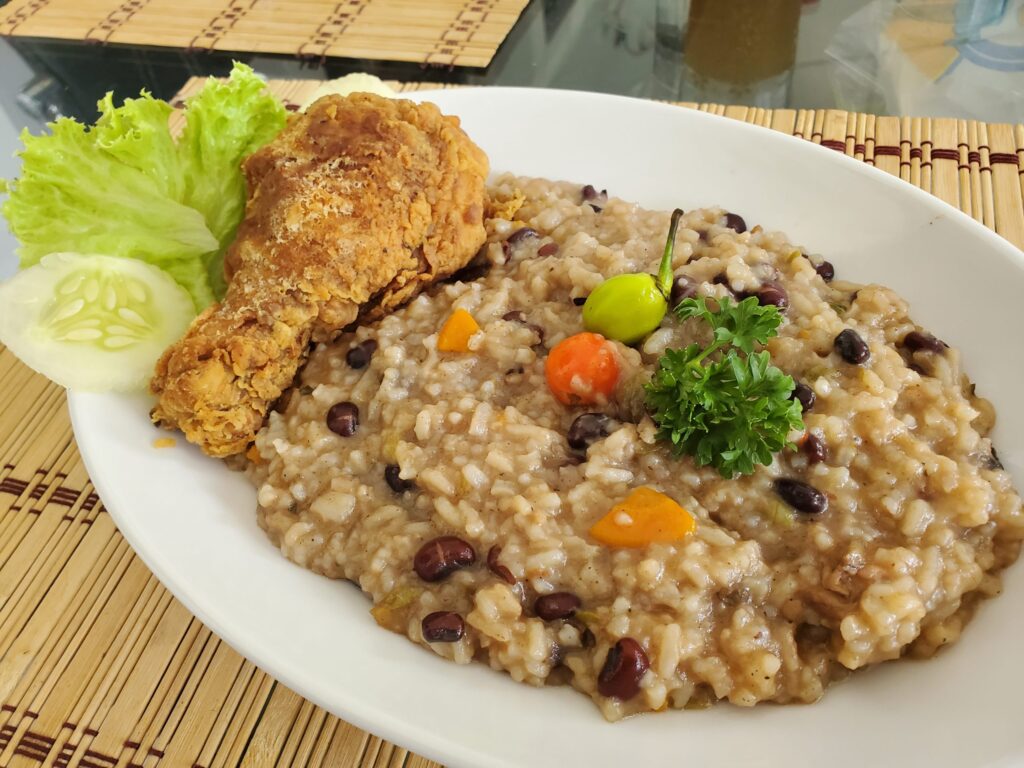
This one-pot wonder combines rice, beans, and an array of meats, producing a sumptuous medley of flavours. The act of sharing a plate of cook-up rice fosters a sense of community and celebrates the unity of the Guyanese people.
From street food to home kitchens
Guyanese cuisine also extends beyond formal dining to the bustling streets, where vendors serve up delectable street food that tantalize your taste buds. “Pholourie,” a type of deep-fried dish made of flour and split peas, and “bake and saltfish,” a fried bread served with salted cod, are popular choices among locals and visitors alike. These street food delights offer a quick yet authentic glimpse into the heart of Guyana’s culinary heritage.
At home, Guyanese families often gather around the kitchen to prepare meals that reflect their cultural identities. “Metemgee,” a dish rich in Indigenous and African heritage, is a hearty combination of root vegetables, coconut milk, and various meats. The art of creating Metemgee is not just about cooking; it’s a way of passing down ancestral knowledge and preserving a sense of belonging. It is a favourite Sunday meal for many households.
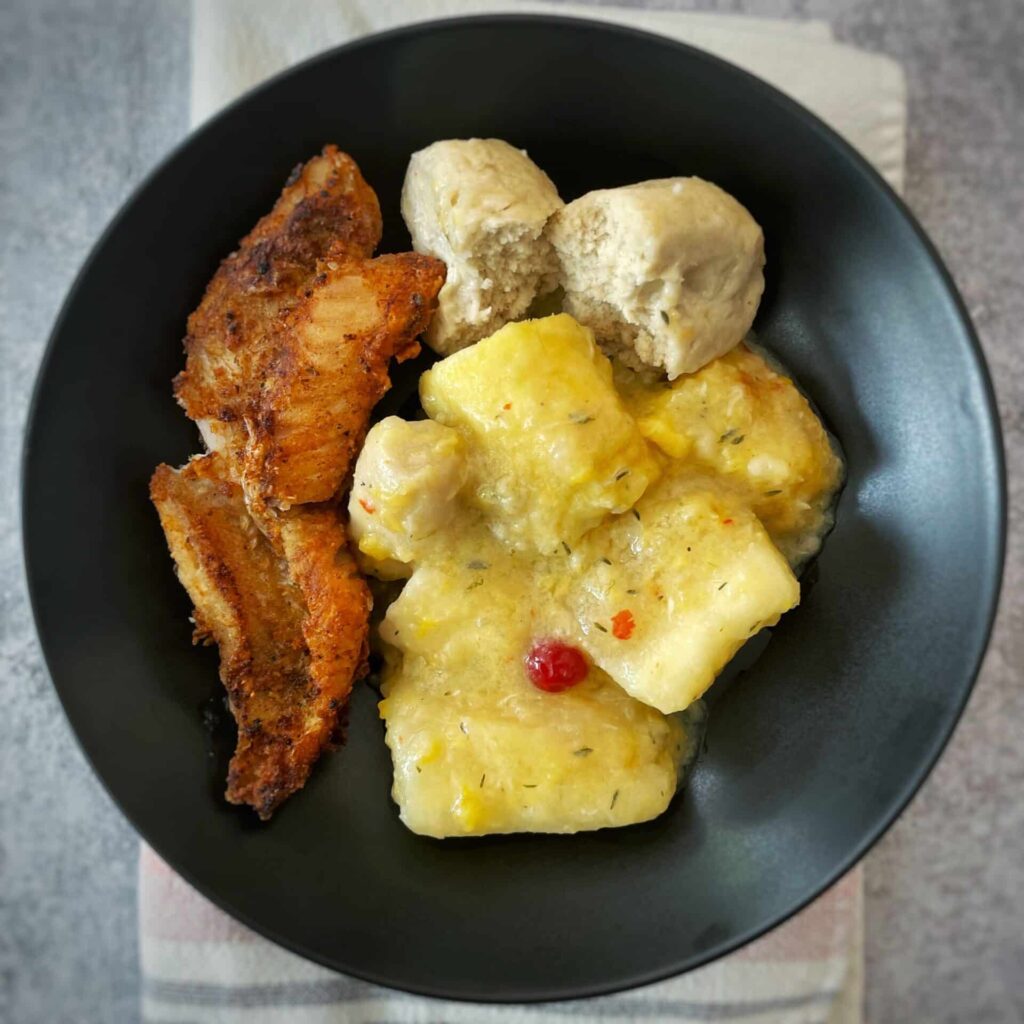
Chinese immigrants have also contributed significantly to Guyana’s cultural mosaic, and their influence extends to the plate. Guyanese chowmein, a unique twist on the traditional Chinese dish, features stir-fried noodles combined with locally sourced vegetables and meats such as chicken or beef.
The Indo-Guyanese population has also left an indelible mark on the nation’s culinary landscape, and the beloved roti stands as a testament to this influence. This unleavened flatbread, soft and fluffy, accompanies a variety of curries, from channa (chickpea) to aloo (potato).
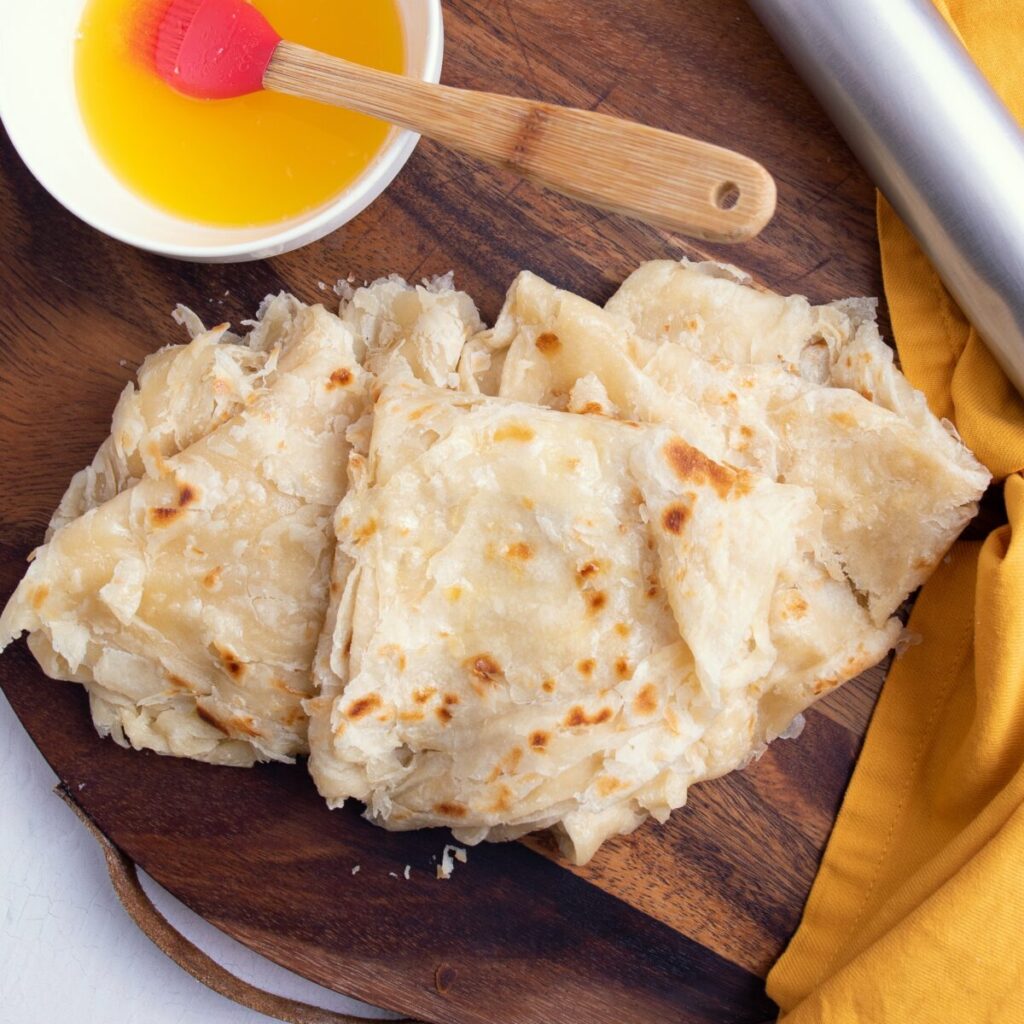
With an abundance of rivers and waterways, it’s no surprise that freshwater fish is also featured prominently in Guyanese cuisine. Patrons can relish dishes like “banga mary” paired with plantains,
a fish broth infused with coconut milk, or “cassava bread and grilled fish,” which offers a taste of the land’s natural bounty.
Guyana’s sweet tooth – delectable desserts
No culinary journey is complete without satisfying your sweet tooth. Even in this instance, Guyana offers delightful treats such as “salara,” a bright red coconut roll, and “pine tarts,” a delectable pineapple-filled pastry. These desserts mirror the country’s vibrant spirit, leaving a mark of addiction on both locals and visitors.
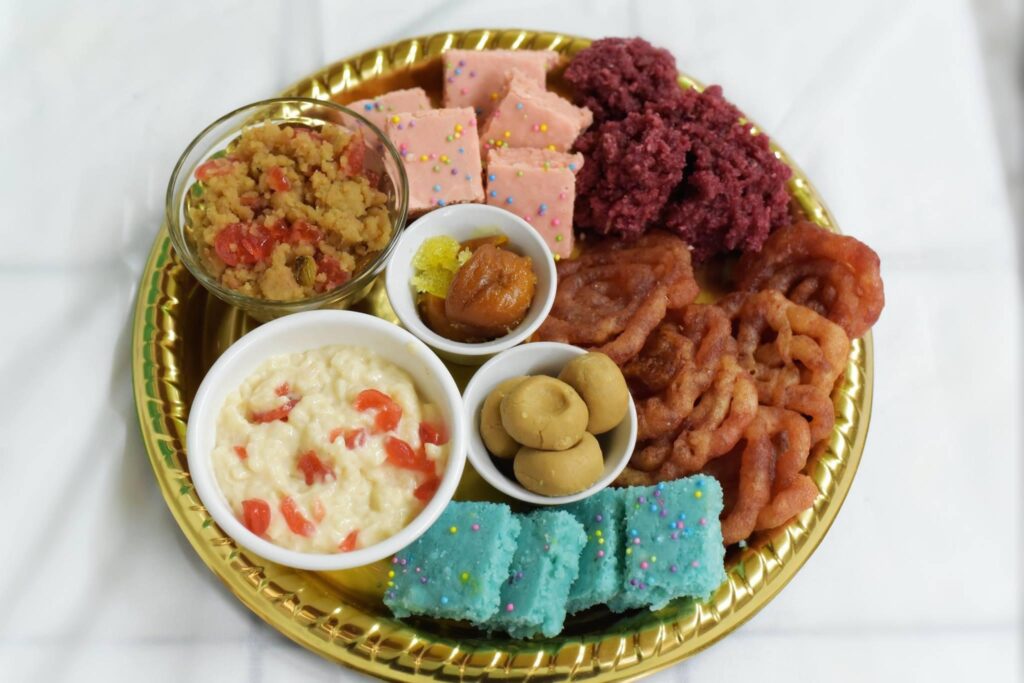
Preserving tradition in a changing world
In a globalized world, where fast food and convenience often take precedence, Guyanese cuisine still stands as a symbol of cultural preservation.
Traditional cooking methods and recipes continue to be passed down through generations, ensuring that the flavours of the past remain alive in the present.
However, this preservation comes with its challenges, as the younger generation navigates a world of evolving tastes and Western preferences.
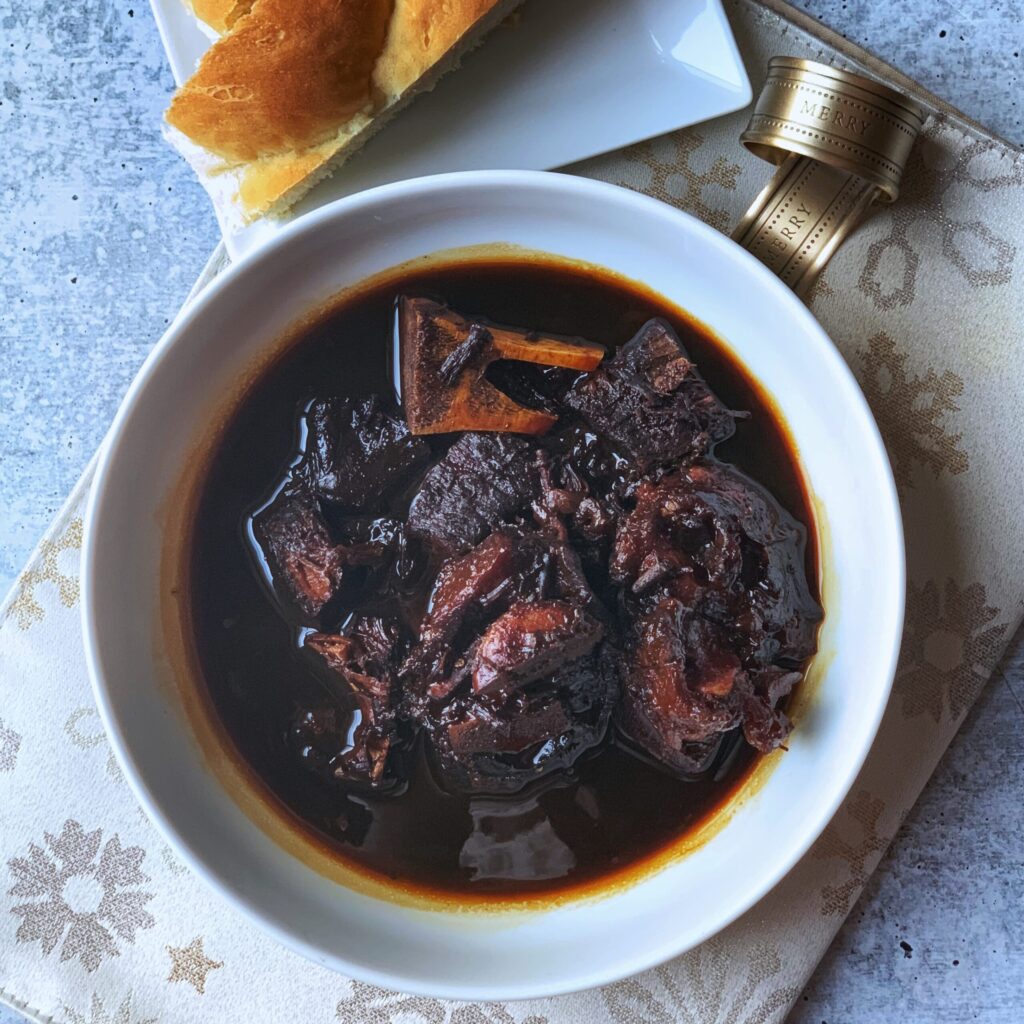
Efforts are nonetheless underway to document and celebrate Guyana’s culinary heritage. In this regard, the government has established culinary schools and workshops aimed at educating aspiring chefs and those who simply desire to learn about traditional techniques and ingredients, bridging the gap between the old and the new.
Additionally, cultural festivals such as the “One Guyana” Food Festival, and the Amerindian Heritage Month events, both held annually along with others, aim to showcase the diverse range of dishes that make up the country’s gastronomic identity.

Indeed, Guyanese cuisine is more than just a collection of dishes; it’s a testament to the resilience and unity of a diverse nation. The melding of cultures, the celebration of tradition, and the joy of shared meals have woven a culinary fabric that tells the story of Guyana’s past and present.
From the street corners to the family kitchens, every dish carries a piece of the nation’s history and a promise of continuity. As the world continues to evolve, it is hoped that Guyanese cuisine will remain a steadfast link to its roots and a delicious reminder that unity is best served on a plate.







